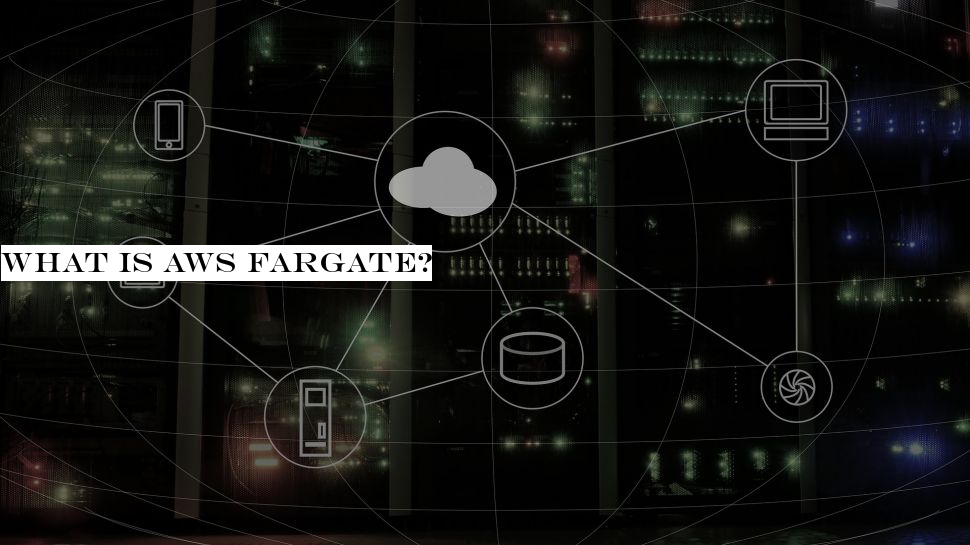INSUBCONTINENT EXCLUSIVE:
For any company planning to use cloud services to develop a consumer app (or a larger company rolling out an internal app), it can be hard
to predict how many people will start using it
Will your social media app suddenly become the next Instagram or Snapchat? Or will it catch on with a niche audience that uses it every day,
all day long? In both scenarios, the tech challenge is to make sure it is always available, the data is clean and organized, and there are
no security concerns.While it sounds like a sci-fi television show, AWS Fargate is a powerful and serverless compute engine for running
containers used for applications
In cloud computing parlance, a container is an isolated instance that provides the flexible computing power you need
It runs in the cloud, which means there is no infrastructure management to be concerned about
Most importantly, if your application is widely used internally or externally, AWS Fargate can keep up with the demand.Basics of AWS
FargateTo understand what AWS Fargate is and what it does (and the benefits), it’s best to start at the beginning
Amazon introduced the cloud compute engine back in 2017
However, the compute infrastructure was already mature by then since Amazon EC2 (Amazon Elastic Compute Cloud) had already existed for over
IT service management, administrators, and web developers were asking for more flexibility in how they use the “elastic” storage, how
they manage containers, and how they configure the serverless environments for their apps
Their needs were ever-changing.Think about the typical consumer app
Once it catches on with users, there is a great need for improving performance and managing endpoint security
Data breaches can occur in a heartbeat, and when they do and consumer data is compromised, it can be incredibly costly
It only takes one data breach with an app that exposes customer data like credit card numbers and date of birth before the reputation of a
And, it only takes a break in the performance of a popular app or a few hours of down-time before customers start finding the exit.It’s
become clear that in the modern landscape of consumer apps, business apps, or internal apps used by employees that the expectation is for
extremely robust performance, security, and availability
If an app depends on an IT staff to scale the performance, or maintain security, or keep up with cloud storage demands -- even in a
semi-automated fashion -- the customer suffers.It’s a curious fact of modern cloud computing initiatives that the landscape keeps evolving
-- user demands keep changing, new regulations in certain industries keep evolving
It’s hard to keep up, and even harder if you have to manage the computing environment itself
That’s why AWS Fargate exists -- it makes it easier to keep up with application demands for app development.Benefits and purposeBack in
2017 when Fargate was first introduced, the process of cloud hosting an application (in a serverless environment) was a bit more complicated
It typically involved managing the clusters, optimizing them, choosing the instances and tweaking the settings
Fargate does all of this such that the person setting up the container only has to choose the performance and memory requirements, set the
task definitions, and configure the networking policies.The idea with AWS Fargate is to simplify the use of the Amazon Elastic Container
Service, which is used to manage containers and is the heart of Amazon AWS for application delivery (and arguably the heart of a cloud
Each container can isolate an application, making sure it is secure and runs at the highest level of performance.The reason companies use
AWS Fargate is partly related to performance needs and partly related to cost
The key feature with AWS Fargate to know is that it isolates the application
This means if the compute needs increase dramatically, the application can scale to meet demand
Also, companies pay only for the actual compute power they use.The “pay as you go” model was not always available, and that’s a key
advantage to AWS Fargate, especially for companies that run multiple apps and services
It’s almost impossible to keep up with the changing demands when you have apps that serve only minor purposes for your industry or
customer segment, such as making a connection to another app.In the end, the purpose of AWS Fargate is to keep up with the demand
Admins can see the analytics and reporting necessary to manage containers effectively
Apps are isolated from one another in containers, so admins can adjust compute needs as needed for each app
This also helps with security, because there is no data-sharing between containers. The flexibility, affordability, security, and
performance of AWS Fargate is what makes it ideal for companies that need to keep up with consumer demand.

